Simple Movements for Smarter Study Skills
This set of 26 easy, body-based exercises helps students prepare for back-to-school success by improving how the brain and body work together.
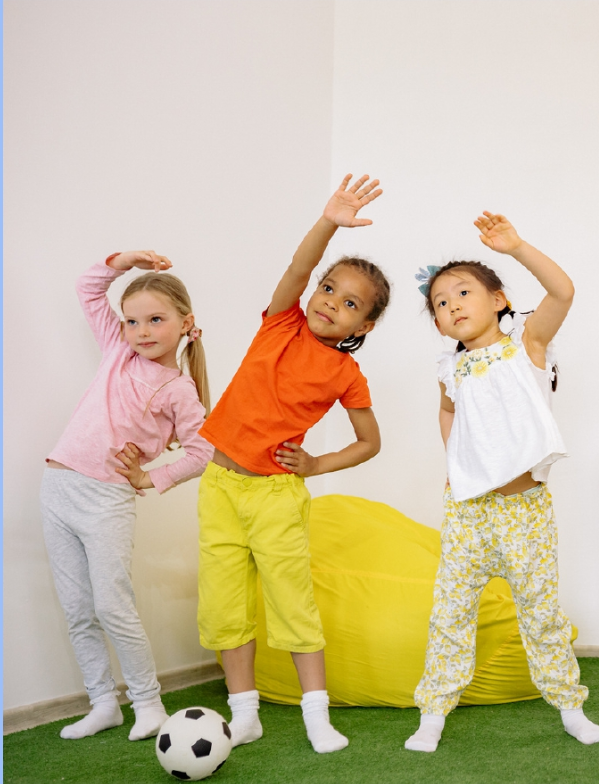
This fun, easy movement does much more than just get the
body moving. It helps strengthen important brain connections that support:
Cross Crawl boosts left-right brain integration, building a
strong foundation for learning and confidence. It’s more than exercise — it helps kids overcome challenges and thrive.
A multi-sensory program that strengthens core
brain functions through real-world movement and
balance exercises. It develops:
Ideal for building lasting cognitive and behavioral
change.
Find Your Rhythm, Enhance Your Brain
InTime provides a personalized program of listening training and fun movement activities, using body, drum, and voice to help you keep
your beat, and flow with the rhythms of daily life.
Designed for children, teens, and adults to help them flow with life’s rhythms.
Balance-Based Brain Training
A multi-sensory program that strengthens core brain functions through real-world movement and balance exercises.
Ideal for building lasting cognitive and behavioral change.


By incorporating purposeful physical activity, they:
Ideal for building lasting cognitive and behavioral
change.
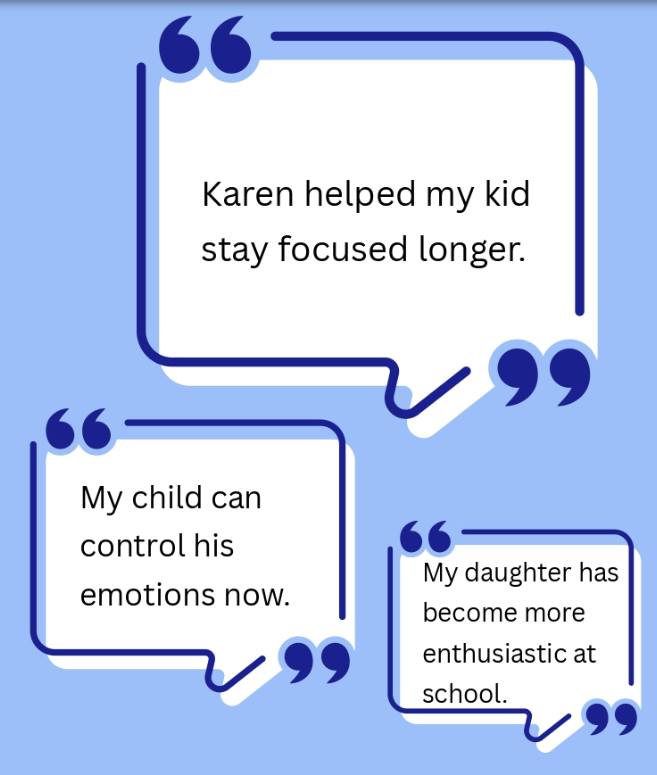
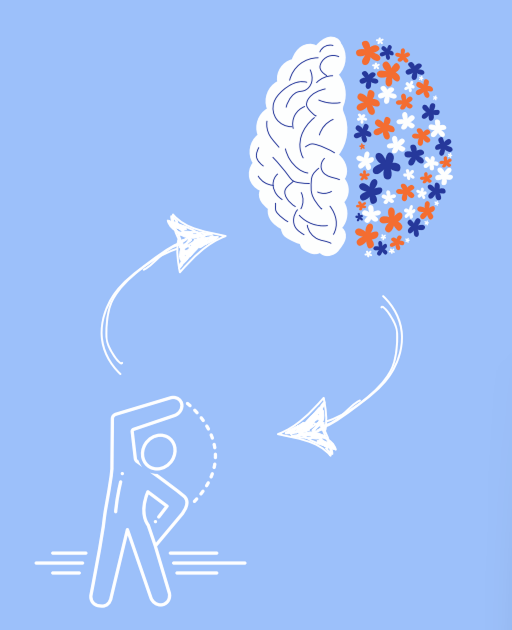
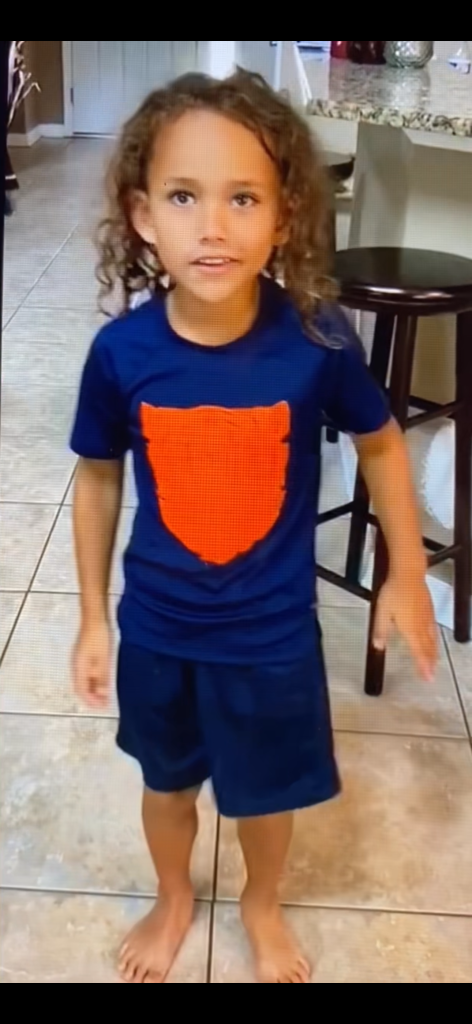
Engaging in purposeful movement goes far beyond staying physically active. It lays the foundation for enhanced brain function and learning capabilities
By developing both motor skills and cognitive abilities, movement helps build essential neural connections that support lifelong learning and success.
Research shows that movement activities stimulate major growth of neurons and nerve networks across key brain areas responsible for:
These activities activate both brain hemispheres simultaneously, helping build the “hardware” the brain needs for learning. Movement enhances not only the academic skills but also creativity, communication, relationships, and productivity—extending to art, music, sports, and overall well-being.
Bu integrating simple yet specific movement programs, individuals of all ages can optimize learning potential while maintaining a finely tuned mind-body system
Brain Gym
A set of 26 easy, enjoyable physical activities that integrate the mind and body. The fun and stimulating exercises activate Comprehension, Communication, and Organization, and:

In Time
A rhythm-based music listening method developed to influence brain performance. In Time is an organic compilation of original compositions, based on a blend of world music with diverse percussion, string, and wind instrumentation, which accents the power of rhythm and sound frequencies. Provides a personalized program of listening training and fun movement activities, using body, drum, and voice to help you keep your beat, and flow with the rhythms of life. A unique program that combines music, rhythm, and beat with movement to stimulate multiple brain regions. Ideal for children, teens, and adults looking to improve academic and life performance. It’s designed to enhance:

Learning Breakthrough Program
A multi-sensory brain training program that strengthens foundational brain processes through balance and physical activity. This program fosters neuroplasticity, not only through compensatory tricks or screen time, but through real-world sensory-motor integration
It integrates:

Infinity Walk
A simple yet powerful movement-based program integrating vision, balance, and coordination. Designed to help overcome:
Infinity Walk fosters neurological integration and self-coordination across abilities and learning profiles.

These practices aren’t just exercises. They are powerful, transformative tools that bridge the gap between physical movement and educational success.

Automaticity and Retention: Repetitive drill and pattern recognition embed reading skills into long-term memory-especially vital for older readers with entrenched habits.
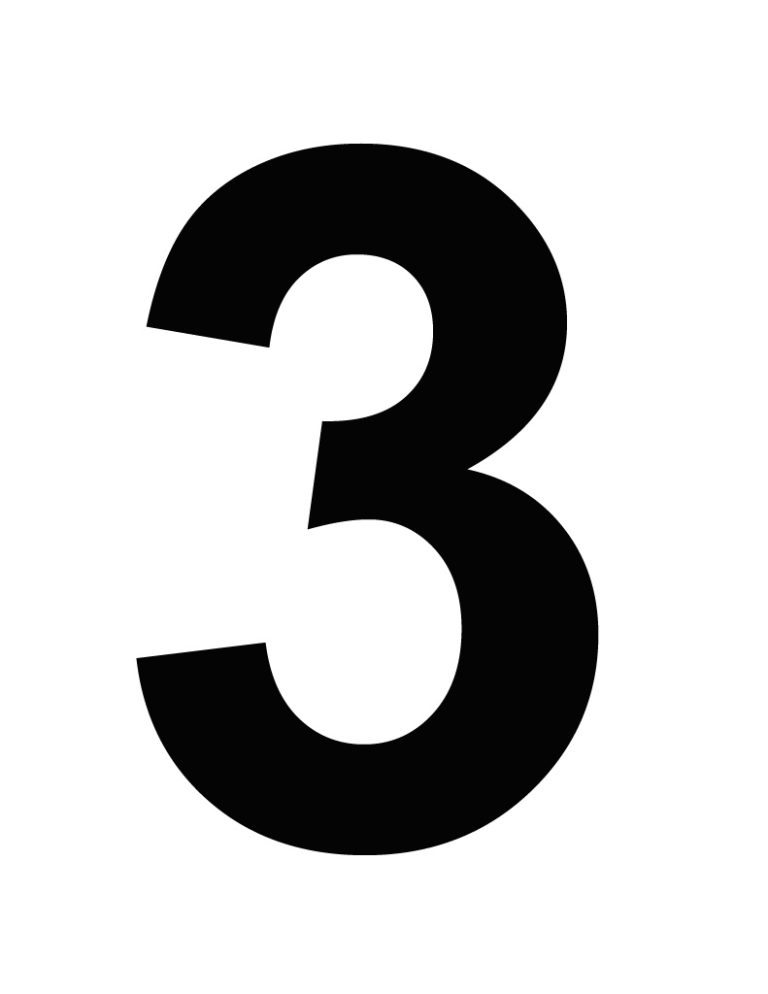
For example, the word “eighteen” contains four sounds: (a-e), (t), (ee), (n). Students learn the most likely spelling first (e.g. a-e as in cake), then (press to alternatives (ai, ay, ey, ei, eigh as in baby, jay, prey, reindeer, sleigh).
Through repeated use, these patterns become automatic, enabling students to spell and read accurately-even with complex or unfamiliar words



Every day. It relies on set of the core abilities-called cognitive skills-to think, read, learn, remember, reason, and focus. These skills work together to take in new information and turn it into knowledge you use at school, work, and everyday life.
When even one core cognitive skill is weak, learning can become a challenge. In fact, most learning struggles can be traced back to one or more underdeveloped cognitive skills. But there’s good news: with brain training, anyone can improve these skills-at any age or ability level.
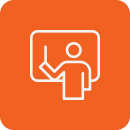
Improves focus and the ability to complete tasks without getting distracted or jumping from one activity to another.

Enhances the ability to retain and recall
information, reducing issues like forgetting directions, names, or content previously learned.

Trains the brain to interpret and respond to information faster, helping students’ complete tasks efficiently and accurately. Tools like
metronomes are often used to develop this skill.

Strengthens the ability to process sounds, improving skills like reading fluency, comprehension, and the ability to follow spoken instructions.

Develops the brain’s ability to interpret visual patterns, shapes, and spatial relationships. This includes enhancing skills to understand and use spoken language and written language effectively, and for reading and following directions. Provide visual images to remember things to learn the presidents.

Builds problem-solving abilities, analytical thinking, and organizational skills, which are crucial for academics and everyday success.
It’s not a one-size-fits all. It is customized, structured, and guided process that
works through one-on-one instruction providing concentration and intensity,
repetition and practice, challenge, step-by step development, multitasking
exercises, progression, and positive reinforcement. Providing a positive caring
environment to provide brain-based instruction.
Absolutely-brain training is backed by research. Studies show that targeted cognitive training can significantly improve skills as mentioned, and how individuals with learning challenges make lasting breakthroughs.

With professional brain training, you can build the skills to learn faster, think clearer, and thrive with confidence.
With professional brain training, you can build the skills to learn faster, think clearer, and thrive with confidence.
Optimal Learning Skills
Typically replies within minutes
Any questions related to Move?
WhatsApp Us
🟢 Online | Privacy policy
Send Us a Messege